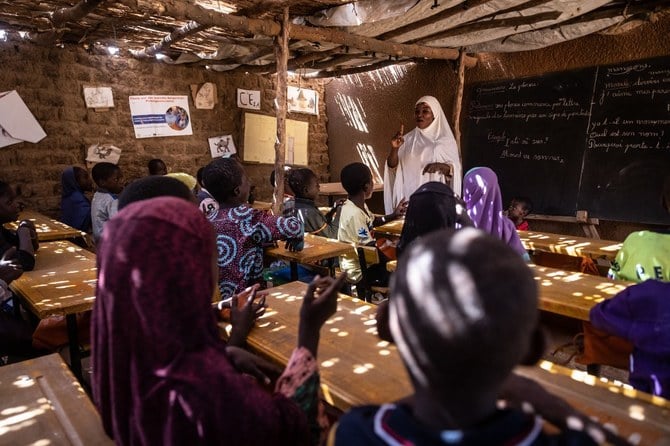Ranvir S. Nayar
A report by three UN bodies – UNESCO, UNICEF and WHO – has warned that countries around the world, notably in the developing-world nations in Africa and South Asia, need to invest significantly more in school health and nutrition programs to boost their education levels.
The report says that there is a direct link between tremendous gains in the quality of learning in schools if the children are not only well-fed but also healthy, which brings key economic and social gains by building human capital. The report says that school feeding programs bring $9 in benefit for every $1 invested, while investment in overall health of the child at school brings even higher gains, $21.5 for every $1 invested in mental health, for instance.
Even small, seemingly simple interventions in health and nutrition go a long way to promoting education and attendance at schools. For instance, school-based deworming and micronutrient supplementation programs lead to 2.5 years of additional schooling, with a more than 20 per cent reduction in anaemia in adolescent girls. Provision of school meals leads to 9 per cent higher enrolment and 8 per cent higher attendance. Even providing free vision screening and glasses can see a 5 per cent higher probability of passing tests in reading and mathematics, or a 62 per cent drop in absenteeism by implementing malaria prevention programs. Handwashing in schools can see a drop of 61 per cent in absenteeism in low-income countries.
Thus, a series of these small, seemingly isolated interventions and investments can not only promote education but also go a long way in moving the countries along the route to meet their commitments as part of the sustainable development goals that have to be met by 2030.
Unfortunately, even though there has been adequate awareness about the need to take a comprehensive approach toward education, health and nutrition, governments in most countries, and more so in developing world nations in Africa and Asia, continue to allocate significantly lower budgets for these programs than what is needed.
The need to invest in the overall development of a child became even more evident during the COVID-19 pandemic, as the long closures of schools affected almost every child with the biggest consequences for the socio-economically vulnerable children, mainly those in the poor countries where more than 370 million schoolchildren lost access to school meals, often the only balanced and nutritious meal of the day for most of these children. The situation has been made worse by the food crisis and high inflation that followed the pandemic, leading to a significant rise in child poverty and malnutrition in poor countries around the world.
Even though the exact extent of these crises is still emerging through various reports, there have been adequate warnings issued by many leading global organizations and NGOs engaged in child development around the world about the pressing need for the governments to significantly enhance investments in health and nutrition, along with education. The need, obviously, is far higher in countries, mainly the developing and least developed countries, that have been under-investing in these sectors.
Not only are the countries guilty of underinvesting in education, but also of even allocating a small pittance for health and nutrition. At $210 billion collectively, the annual budget of education for low- and lower-middle-income countries is clearly inadequate to enable every child to receive quality basic education. But even this sum looks like royal extravagance when compared to the amounts invested in the health of school-going children in these countries, which totals barely $2 billion.
The challenge here is not at all a lack of awareness among the governments or policy makers, as almost every country in the world has a policy to promote school health and nutrition as an integrated program. The sole challenge is a serious mismatch between the amounts of funds needed to cater to the children and what is being provided in national budgets.
And even in countries where school meals are being provided, in an overwhelming 89 per cent of these countries, the policy intervention stopped at public schools, with private schools left to decide for themselves on provision of school meals. This has a serious impact on a large chunk of school-going children, as in many countries, including large ones like India, private schools account for anywhere between 30-50 per cent of all school children.
While deciding their annual budgets, most governments in poor countries continue to direct their spending on big-ticket items such as bridges, roads and rails, which are visible physically but whose impact on the society, especially the children, is relatively negligible, compared to investment in the long-term and overall development of children, as the impact of these programs becomes visible years or even decades later.
But it is not just governments that are guilty of ignoring these vital investments in the future of these societies. International aid organizations, rich countries and of course the private-sector businesses in the developing world, all have a role to play in building a society that is not just well-educated but also healthy in body and mind. Only a collaborative and global effort can help to ensure that every child is well-fed, healthy and well-educated.







